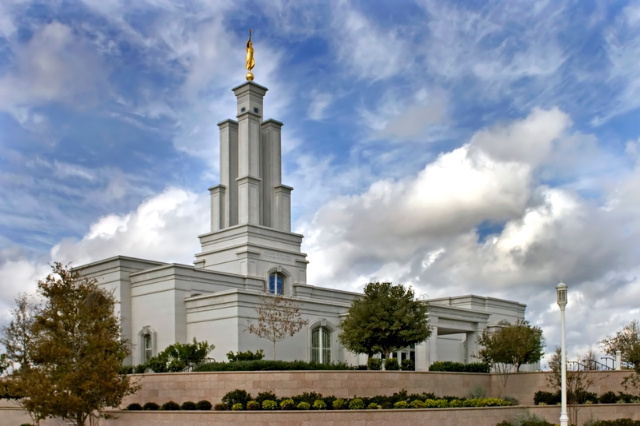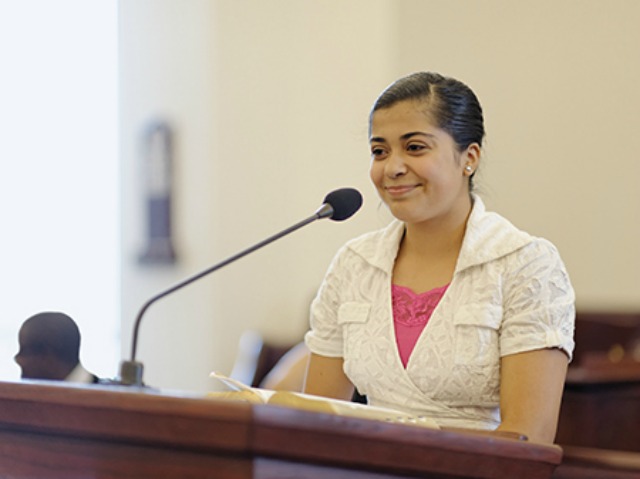Question
Gramps,
My parents were baptized and confirmed before their deaths, do I need to wait a year before having their endowments done?
Bonnie
Answer
Dear Bonnie:
Thank you for your question, although, your question lacks some detail so I will direct you to your bishop and/or ward family history consultant to get a more accurate response for your specific case.
However, I will answer your question using the Church’s handbook, assuming your parents meet this criteria.
In the General Handbook, chapter 28.3.1
The one-year waiting period for proxy temple ordinances does not apply to deceased worthy members who would have gone to a temple but were prevented from doing so in life for reasons beyond their control. This may include children ages 8 and older and youth who were worthy at the time of death but had not received their endowment because they had not reached an appropriate age (see also 28.3.4). Such children and youth are not buried in temple clothing.
To have the ordinance performed, family members must have either the deceased person’s temple recommend that was valid at the time of death or a letter from the deceased person’s bishop certifying the person’s worthiness. The temple recommend or the letter should be presented at the temple before the ordinance is performed.
With love,
Gramps
Question
Gramps,
Why is it necessary to wait one year after a death of an immediate family member to be able to do their temple work?
William
Answer
William,
It is necessary to wait one year after a death of an immediate family member because the Church says so.
Sadly for too many people that is not enough of an answer so I will continue. The year wait is a policy, as a policy it can change at anytime. Let’s go through how policies get made in the church.
A leader with the proper stewardship sees an issue that they feel needs to be addressed. Using the same method that the Church instructs its members the leader prays about it, studies it out (including discussion in relevant counsels), makes a decision, takes that choice to the Lord for approval, and if the Lord approves it they act on it. This means the policies can change as often as the situation can change.
Now for policies that have been in place for awhile we might not remember or know what the original issue was that prompted it. In the case of the year wait we as general members do not know the original reason. And the leadership has changed so they might no longer know either (unless records were kept).
Thus that means we can only speculate. Now some historians found an interesting trend about the time the “Year Wait” policy was enacted. A large increase in the request for “Rushed Temple Ordinances” for people that had just died without them. Apparently there seemed to be a big push with some members to bury all the dead in temple clothes. Why this was happening we do not know. Was some Mormon mythology on the rise giving the temple clothes power bereft of the faith an obedience of the wearer? We do not know but if it was it was clearly wrong.
But we do know that attempting to rush anything can lead to mistakes that would not otherwise happen. This is not something we want for temple ordinances. And while we can all understand wanting to put our recently departed loved ones in the best light possible it seems wrong to put them in something they not believe in or do while alive.
The year wait solves these issues. The ordinances are not rushed and the dead are not displayed as something they were not. Some members also think the year also gives the missionaries and others on the other side of the veil time to work increasing the possibility that the ordinance will be accepted once done. All these sound as reasonable reasons for the wait, but we simply do not know.
What we do know is that the people in charge of it are called of God and will and can change it should it be necessary and God wills it.
Gramps






